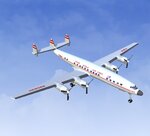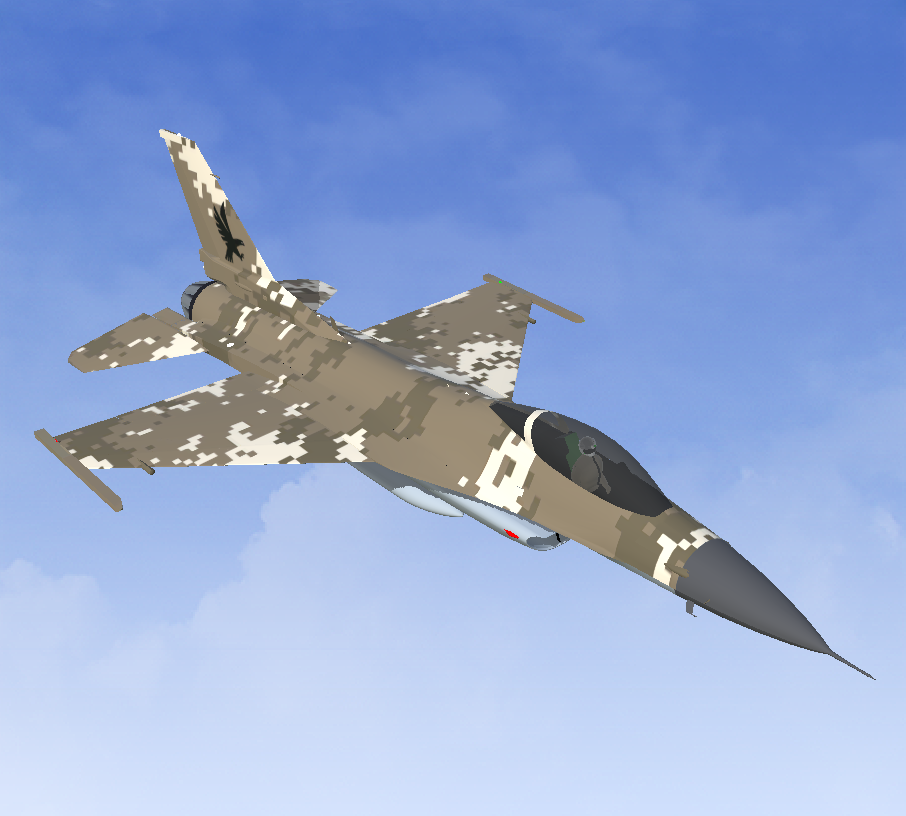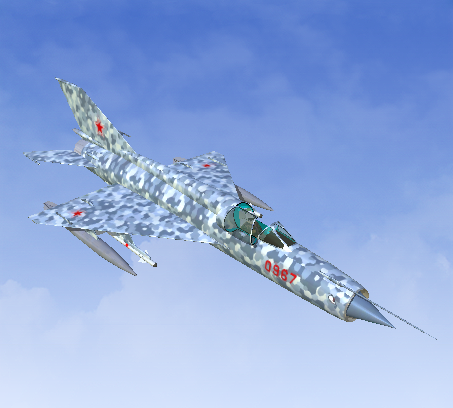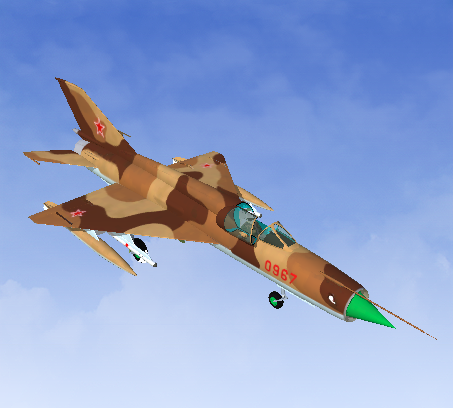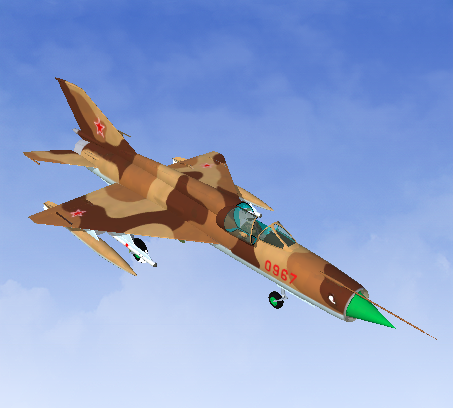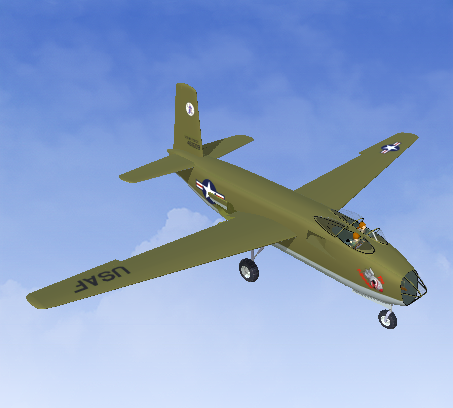The Lockheed L-1649 Starliner was the last model of the Lockheed Constellation line of airliners. Powered by four Wright R-3350 TurboCompound engines, it was built at Lockheed's Burbank, California plant from 1956 to 1958.
Development of the Starliner began when Lockheed designed the L-1449 in response to the Douglas DC-7C Seven Seas. Powered by four 5500 hp Pratt & Whitney PT2G-3 turboprop engines, the L-1449 would have cruised faster than the DC-7C with comparable range with 10,200 US gal (8,493 imp gal; 38,611 l) of fuel in a new 150 ft (46 m) wing. Pratt & Whitney dropped the PT2 project in March 1955 due to expected unreliability, high specific fuel consumption and high operating costs, though the T34 military version of the engine powered the Douglas C-133 freighter, which was also plagued with unreliability.
The L-1449 would have been about 55 in (140 cm) longer than the L-1049 series with a maximum gross takeoff weight (MGTOW) of 175,000 lb (79,000 kg). The L-1549 replaced the 1449 in early 1955, with an additional 40 in (100 cm) stretch and MGTOW of 187,500 lb (85,000 kg), presumably still with the PT2 turboprops.
Lockheed told Trans World Airlines (TWA) on 30 September 1954 the L-1449 would use the same fuselage as the 1049 series; Hughes Tool Company ordered 25 in December, though TWA estimated the L-1449 would lose money, even with every seat occupied. When P&W dropped their engine, Lockheed proposed an L-1549 with Allison turboprops, but TWA and Lockheed agreed on the piston-engine L-1649 instead, and so amended the L-1449 contract. In April 1955 Lockheed told TWA that they wanted to drop the 1649, but Hughes refused to agree.
Though the L-1449 and L-1549 were never built, all Constellations from 1954 onwards were strengthened to take the thrust generated by the T34/PT-2 turboprops, which were fitted to several R7V-2 Constellations for the United States Navy (USN). With the abandonment of the L-1549, Lockheed designed a less ambitious upgrade of the Constellation series as the L-1649A Starliner. The new design used the L-1049G fuselage, the new 150 ft (46 m) wing and four Wright R-3350 988 TC18-EA-2 turbocompound radial engines, allowing the Starliner to fly nonstop from California to Europe. Lockheed said the new L-1649A would deliver 58 passengers over a range of 6,500 mi (10,500 km) at 350 mph (560 km/h), or from Paris to New York City three hours faster than the DC-7C. In January 1958 Pan American scheduled the DC-7C from Orly to Idlewild in 14 hr 15 min; TWA scheduled the 1649 in 14 hr 50 min.
The L-1649A prototype first flew on October 11, 1956. (The prototype [N1649] was the property of Lockheed until the early 1970s when it was sold in Japan.) Airline service began on June 1, 1957 on a Trans World Airlines (TWA) flight from New York to London and Frankfurt. TWA called their L-1649s "Jetstreams" and flew them on longer domestic routes and on flights from New York to Europe and beyond. In July 1958 TWA scheduled 60 flights a week from Europe to New York; 30 were L-1649s, including seven nonstops a week from Paris, five from London, four from Frankfurt, two each from Madrid, Lisbon and Geneva, one from Zurich and one from Rome. Three 1649s a week flew the Polar route Europe to California, sometimes nonstop.
Boeing 707s replaced the last TWA transatlantic passenger L-1649 in October 1961; 707s and Convair 880s displaced them from domestic scheduled flights in December 1962. In the early 1960s Lockheed converted twelve TWA L1649s to freighters that carried cargo across the Atlantic until 1964 and domestically until 1967.
Air France bought ten Starliners; they were the only airline to market the aircraft by its name (being called the "Super Starliner"). Transatlantic flights lasted from August 1957 until September 1960 when the Boeing 707 took over. Starting in April 1958 Air France L-1649s flew from Paris to Anchorage to Tokyo, but they were not allowed to fly to the west coast of the United States. In summer 1959 they scheduled 22 nonstop L-1649s a week from Orly to Idlewild, four of which continued to Mexico City; two weekly L-1649s flew from Orly to Montreal to Chicago Midway and back. The twice-weekly ORY-ANC-TYO flight was scheduled for 30 hr 45 min, compared to 42 hr 20 min for the fastest 1049G via India (and 32 hr 00 min for BOAC's Comet from London to Tokyo via India).
Lufthansa was the last airline to purchase the Starliner new; their four Starliners were marketed as "Super Stars" and flew transatlantic routes. Lufthansa's Starliners were delivered nonstop to Hamburg from the Lockheed factory at Burbank. In summer 1959 Lufthansa scheduled nonstops to New York from Frankfurt, Düsseldorf and Orly. Lockheed converted two of Lufthansa's Starliners to freighters after the Boeing 707 had replaced them on the transatlantic passenger flights in 1960.
Linee Aeree Italiane (LAI) ordered four Starliners, but did not take them up following the merger with Alitalia in October 1957. Alitalia had accepted the DC-7C and had no interest in the Starliners; they were delivered to TWA in 1958. Varig ordered two Starliners, but the order was switched to two L-1049Gs.
The DC-7C ended up selling more airframes than the Starliner, which had greater range than its rival but was expensive ($3,000,000 USD) and entered service a year later. In the end, only 44 Starliners were built (including the prototype) compared to 121 DC-7Cs.
Alaska Airlines used two Starliners for MATS operations in the 1960s. Others operators used Starliners for charter flights. A small number of Starliners were used as cargo aircraft in Alaska during the 1970s. By the early 1980s, all Starliners ceased commercial operations.
Four Starliners still exist; Lufthansa is restoring one to flying condition. Another was sent in 2018 for the TWA Hotel.
---Controls---
normal airplane 4 channel + flaps and retracts
no dual rates
dual switch (de)activates the beta thrust - which the real starliner had
one of the sliders will rotate one of the cockpit camera to the side 90 degrees from centerline
brakes at idle throttle
---extras---
selectable tip tanks, which the constellation seires had and would prosumably added to the Starliner at some point, in the electronic section navigate to the fixed output. and change from 100 to zero or back

